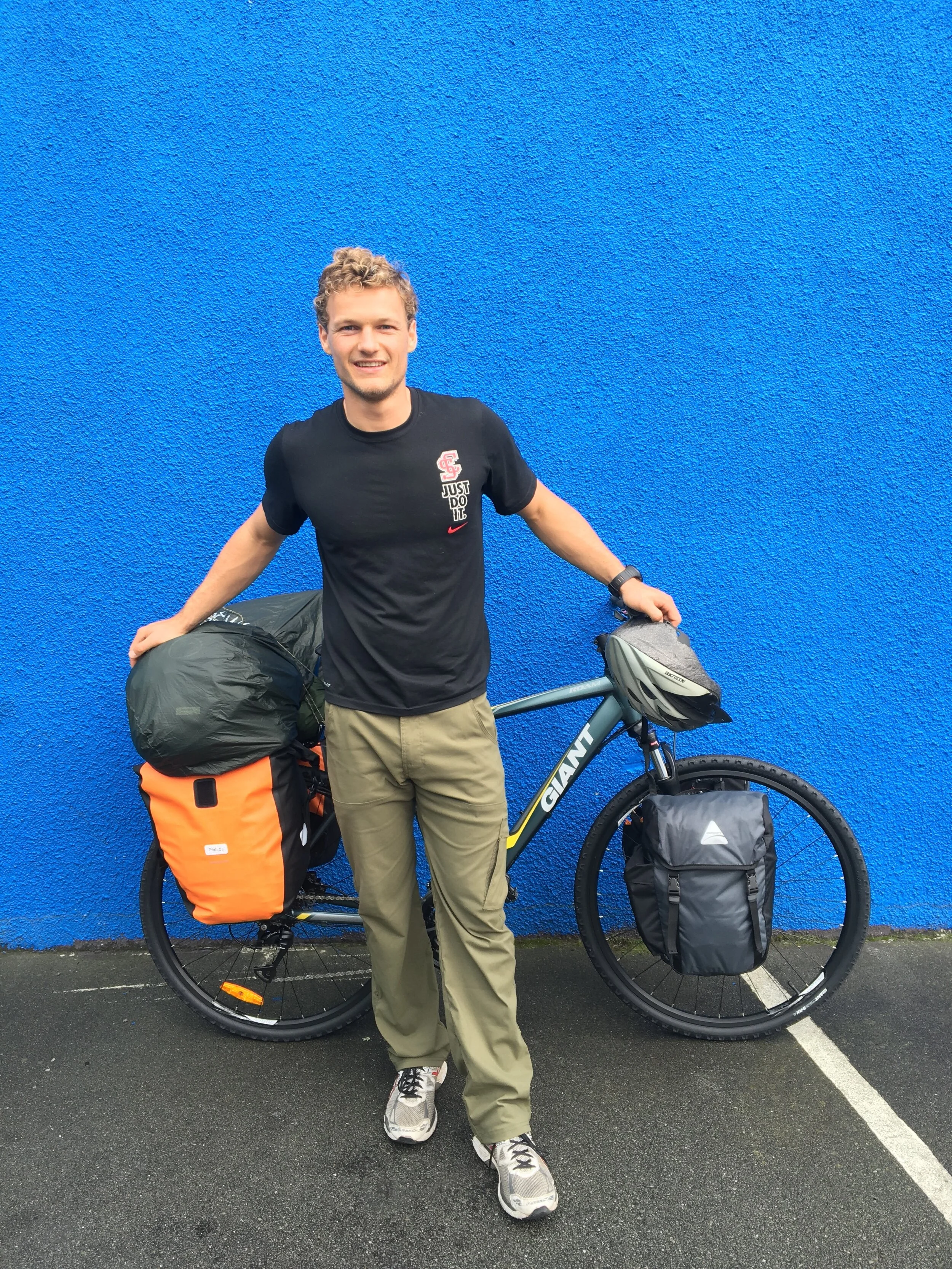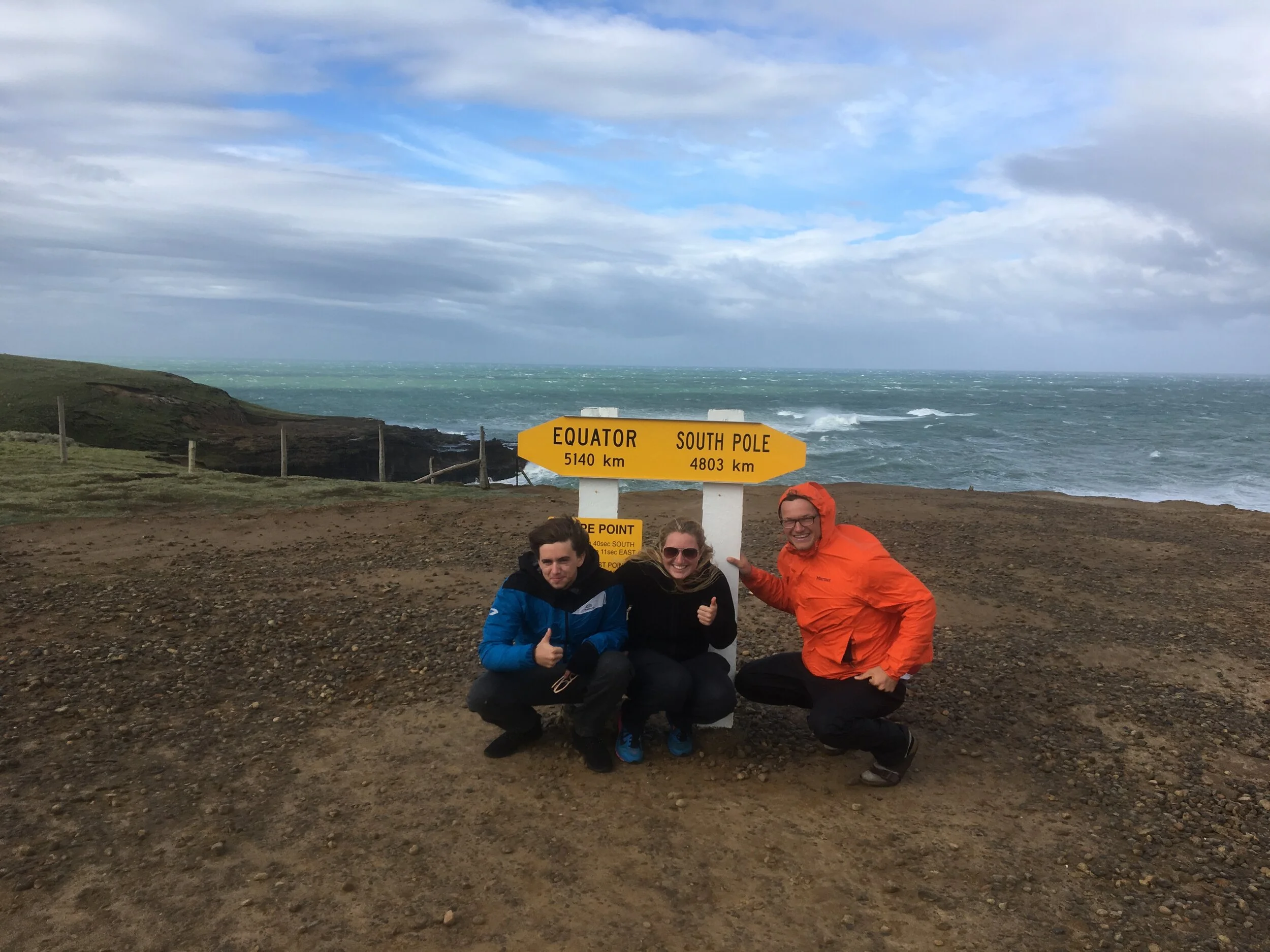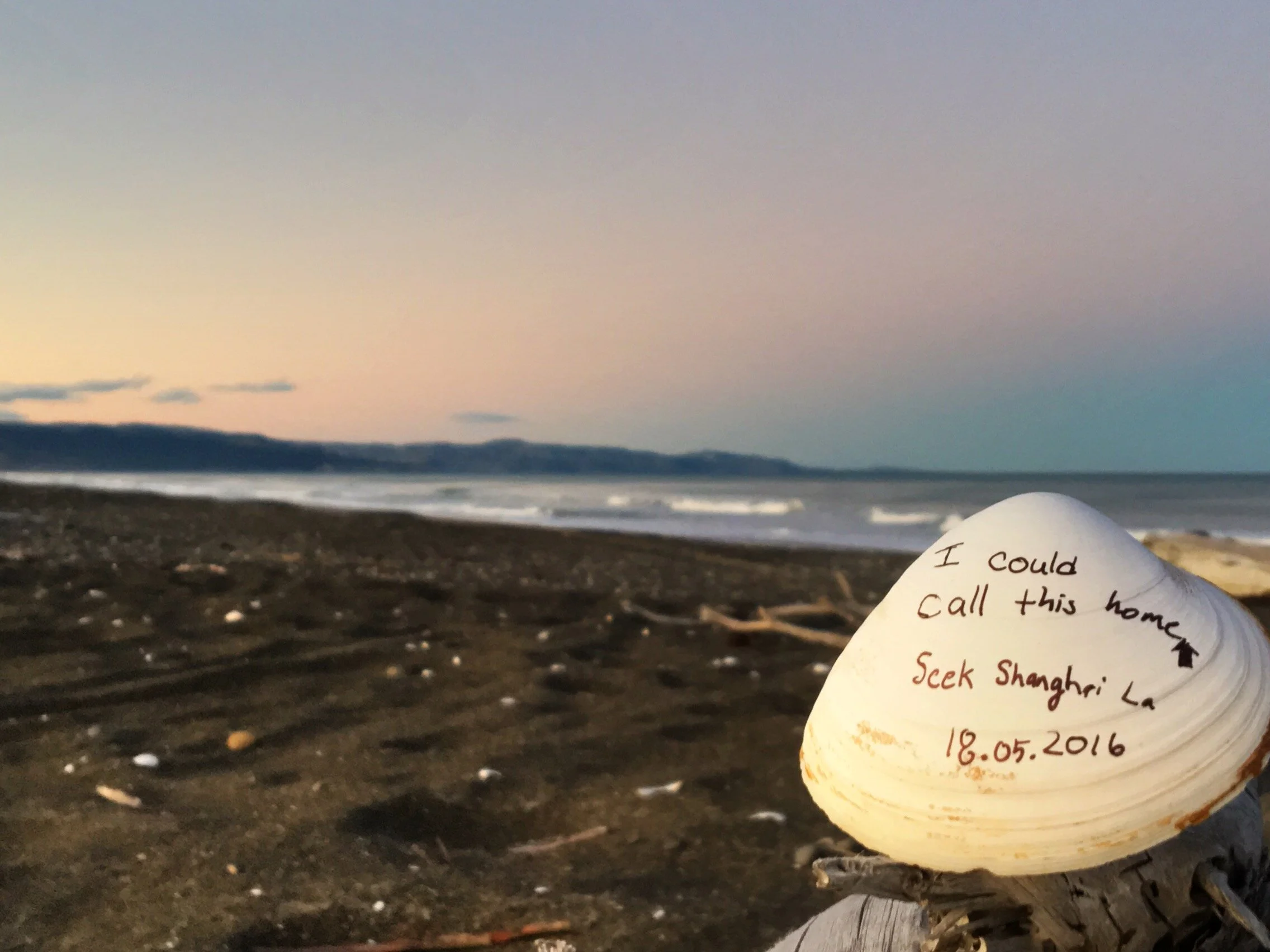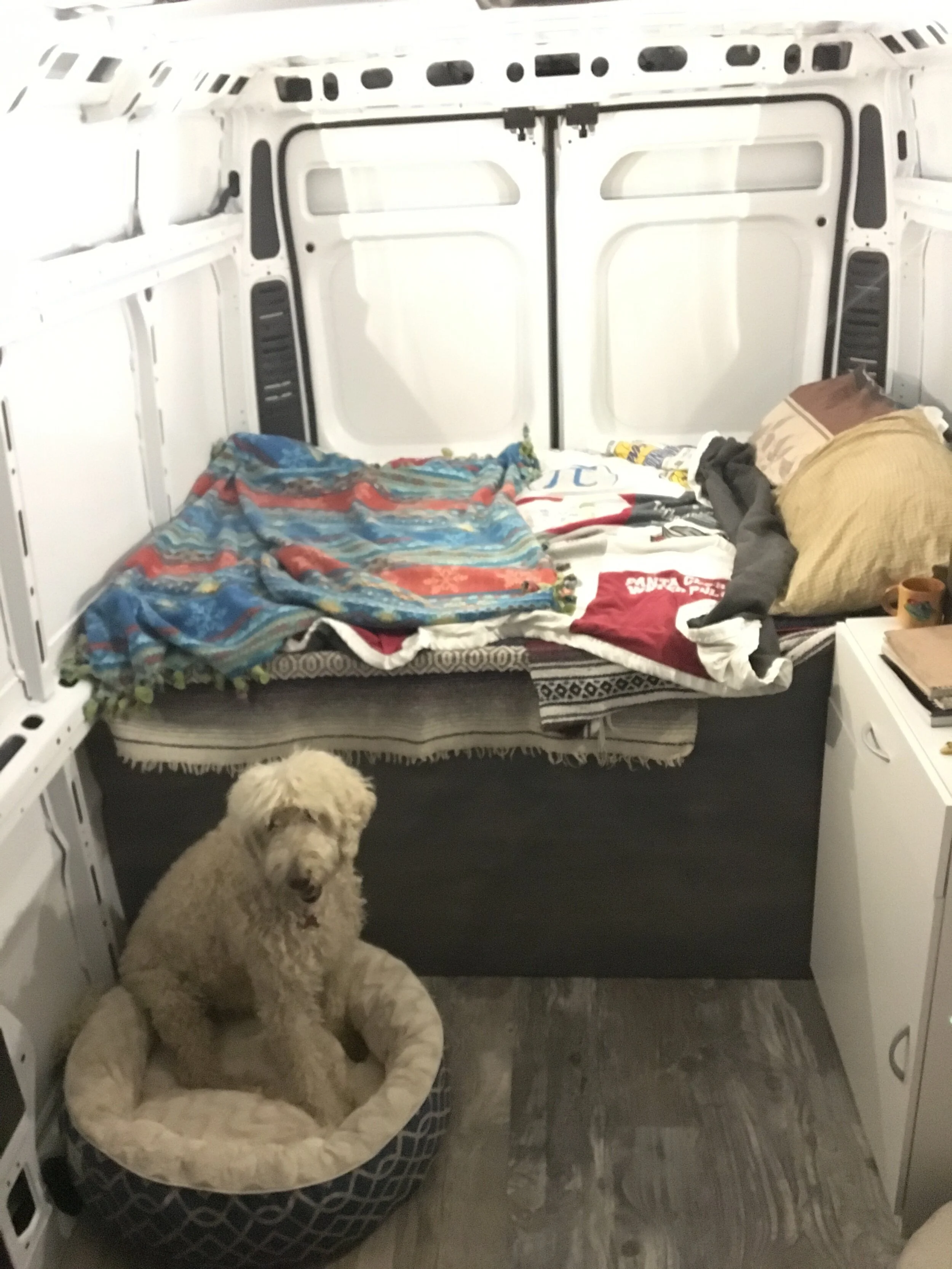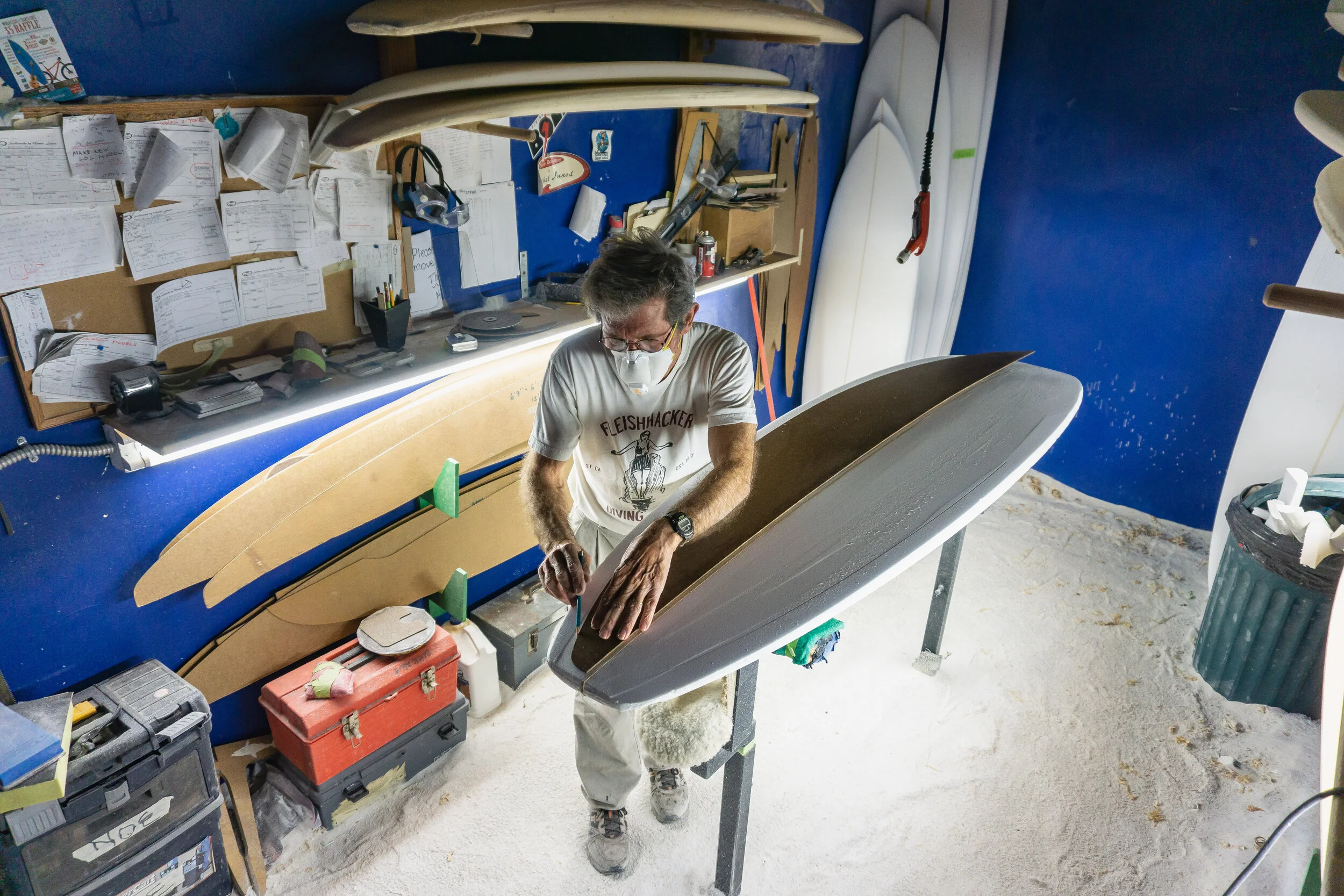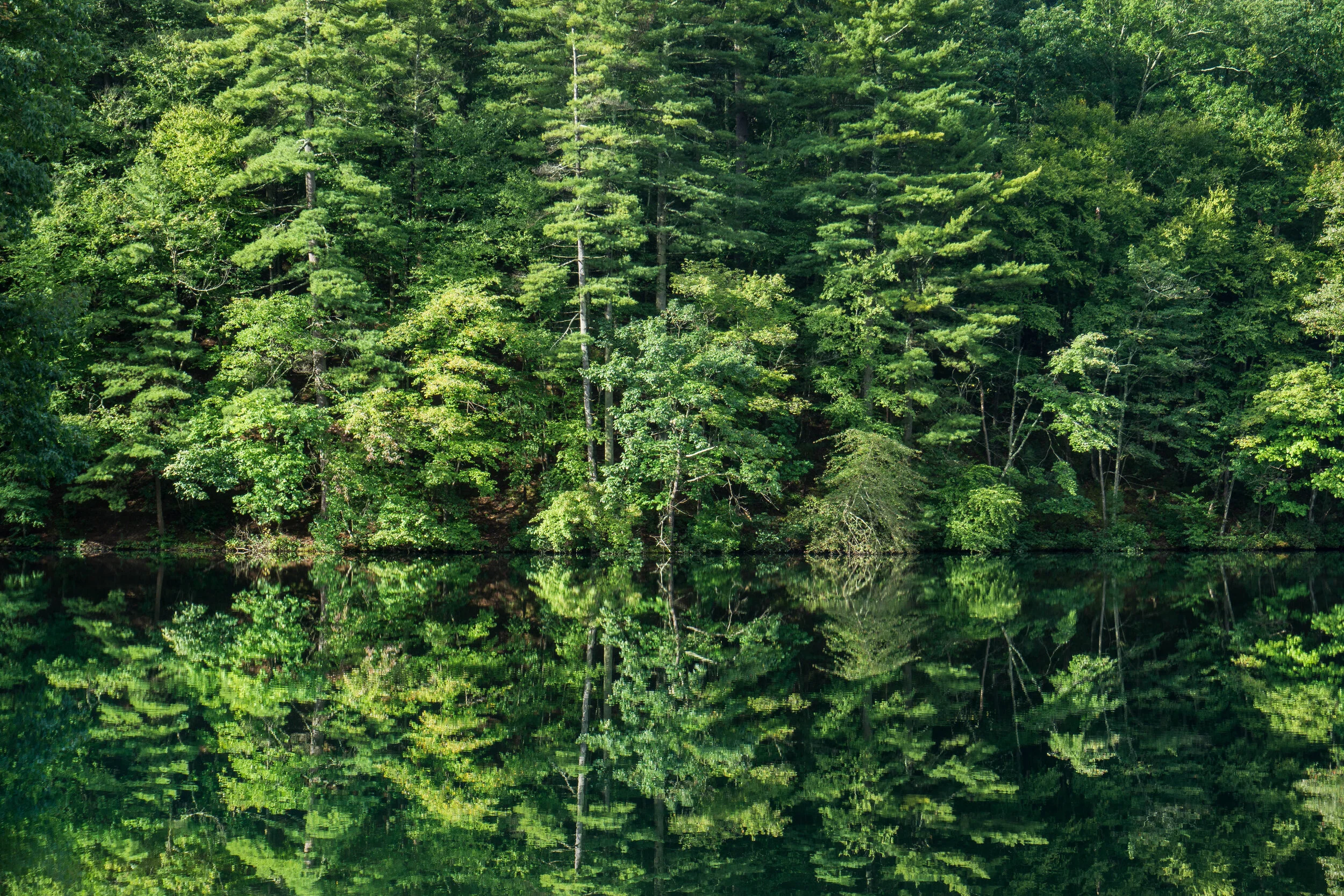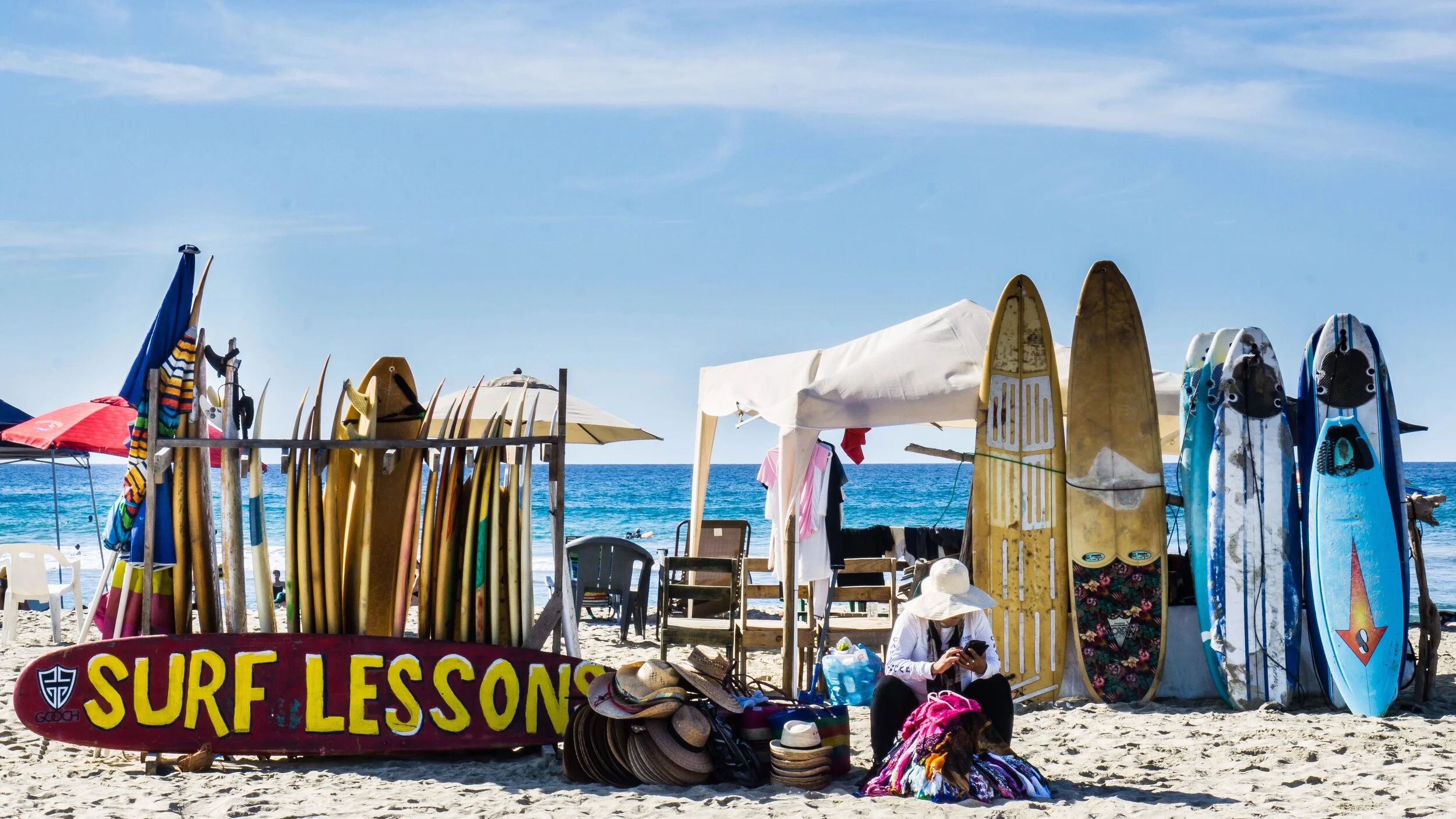My childhood dreams were simple; see the world and become a writer. Today, becoming a writer is easy, just self-publish from your laptop to your website using the free wifi at the local library… hair-flip, checkmark. However, seeing the world requires me to actually get my rear-end off the couch.
Cycling the South Island of New Zealand
In 2016, I did my first solo trip to New Zealand. Some could say this was the beginning of my journey to see the world, yet I did not see New Zealand. Cycling around the South Island with tunnel vision, there was no time for a detour. My mind was fixed on completing the goal by the arbitrary deadline I had set. Returning from that trip, I dropped out of my master’s degree in mathematical education because I had a gut feeling something was wrong. After that trip, I upgraded from a tent and bicycle to my car. Armed with a camera and a few hundred dollars, I headed to the wilderness. Backcountry skiing, canyoneering, white-water canoeing, climbing, and backpacking all became a medium for me to reflect. Time was ample and the paper was running out, yet my hand couldn’t write fast enough. My shattered ego clung to my “successes” in the past. Slogans I had used to harden my mind while struggling physically in practices continually ran through me. Those slogans protected my heart from others and me.
With a life rooted in sports, physical accomplishments defined me. Relationships didn’t exist and my thought process was about accomplishing goals as fast as possible. I was a fool, unable to see this world.
Cut off from my heart, I searched in climbing, backpacking, surfing, cross-country cycling, and other physical activities for something to fill the void. Nothing worked. Insecure that I had made a mistake by dropping out of school, I began convincing myself everything was going to be okay. Sleeping in a tent on the side of the road was normal. I would splurge at the grocery on a chocolate bar or a box of Bisquick with salted butter. My idols were those who told stories of eating dog food. When you had a lake, a river, or an ocean, who needs a shower? My friends and family always bought me meals or gave me things. I couldn’t understand why people lived in houses and went to work. Traffic and insurance became foreign concepts to me. I distinctly remember passing a mirror and thinking to myself, “oh that’s what I look like huh?” At this point my self-talk had put up new layers of protection, meanwhile, the old ones had crumbled. All I could see were the gorgeous places I had visited as I edited images from recent trips.
The doors to the beach
Looking back, the dots connect. What better way to begin seeing the world, then taking photos? At the time, I did not understand that a camera was going to become a physical and metaphorical lens for me to see the world, but that is what has happened. Moving away from the “as-fast-as-possible” methodology, into the world of art, I have slowed down. I began taking images of flowers and landscapes that I would have typically moved past because stopping would have slowed me down. I began zooming into the world of ants and insects to get a closer look. Learning to step back, and step back again and again, so that I was far enough away from my subject, that I could fit it all into the view-finder. Taking portraits of homeless encampments in Sacramento and Oakland, the door of poverty was opened to me. Interviewing elderly people and taking their portraits, unlocked wisdom I had neglected. A few kitchen’s from the top 100 restaurants in San Francisco, surfboard shaping bays, teahouses, construction sites, mobile home parks, yoga studios, chocolate shops, and University President’s have been photographed. Each opportunity uniquely showing me another view of this world.
I just returned from what I believe to be my 28th visit to the Baja. Staring at the images from the trip, a pang in my heart thumps. Five years ago I picked up a camera for the first time. I have lived in three different vehicles, slept over 400 nights in a tent, taken roughly 345,600 images, and consumed beans and rice countless nights. As I go through my portfolio, I received the first glance that I have begun accomplishing my childhood dream.


